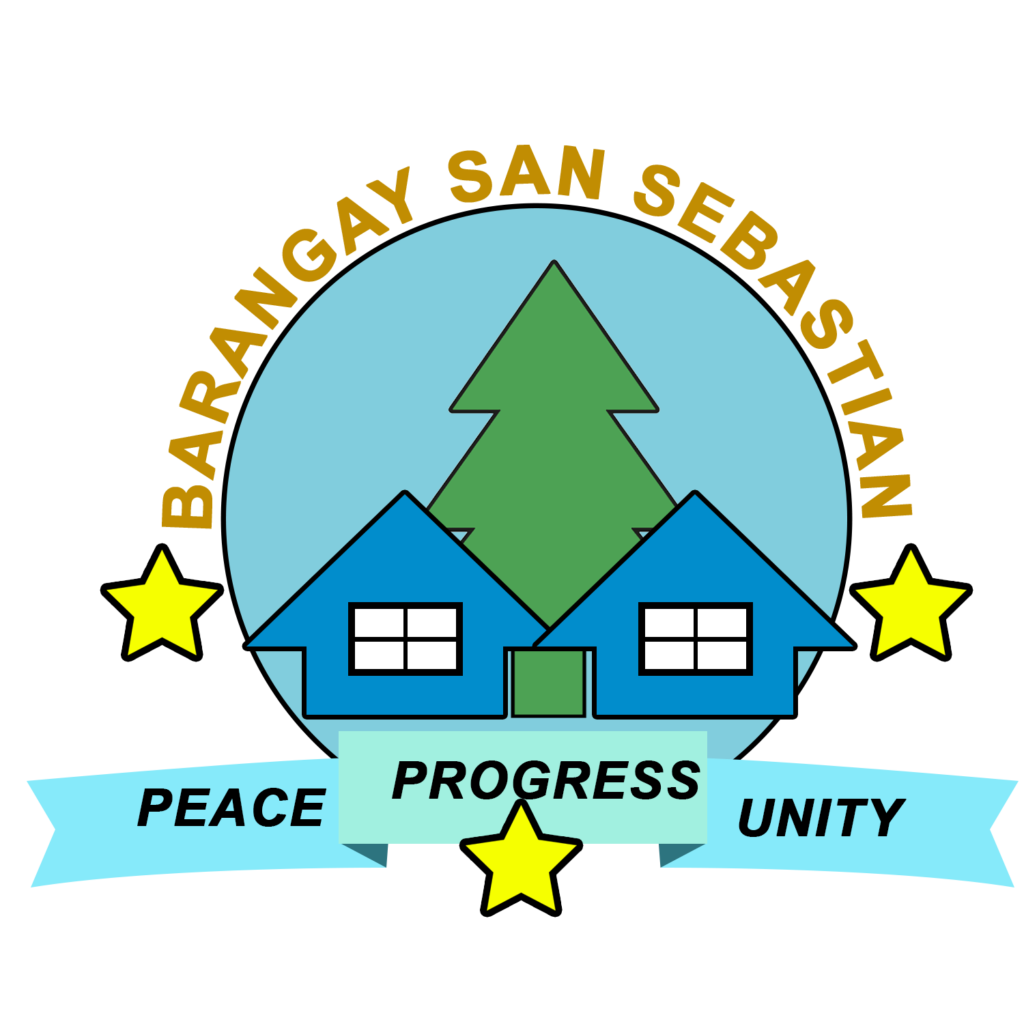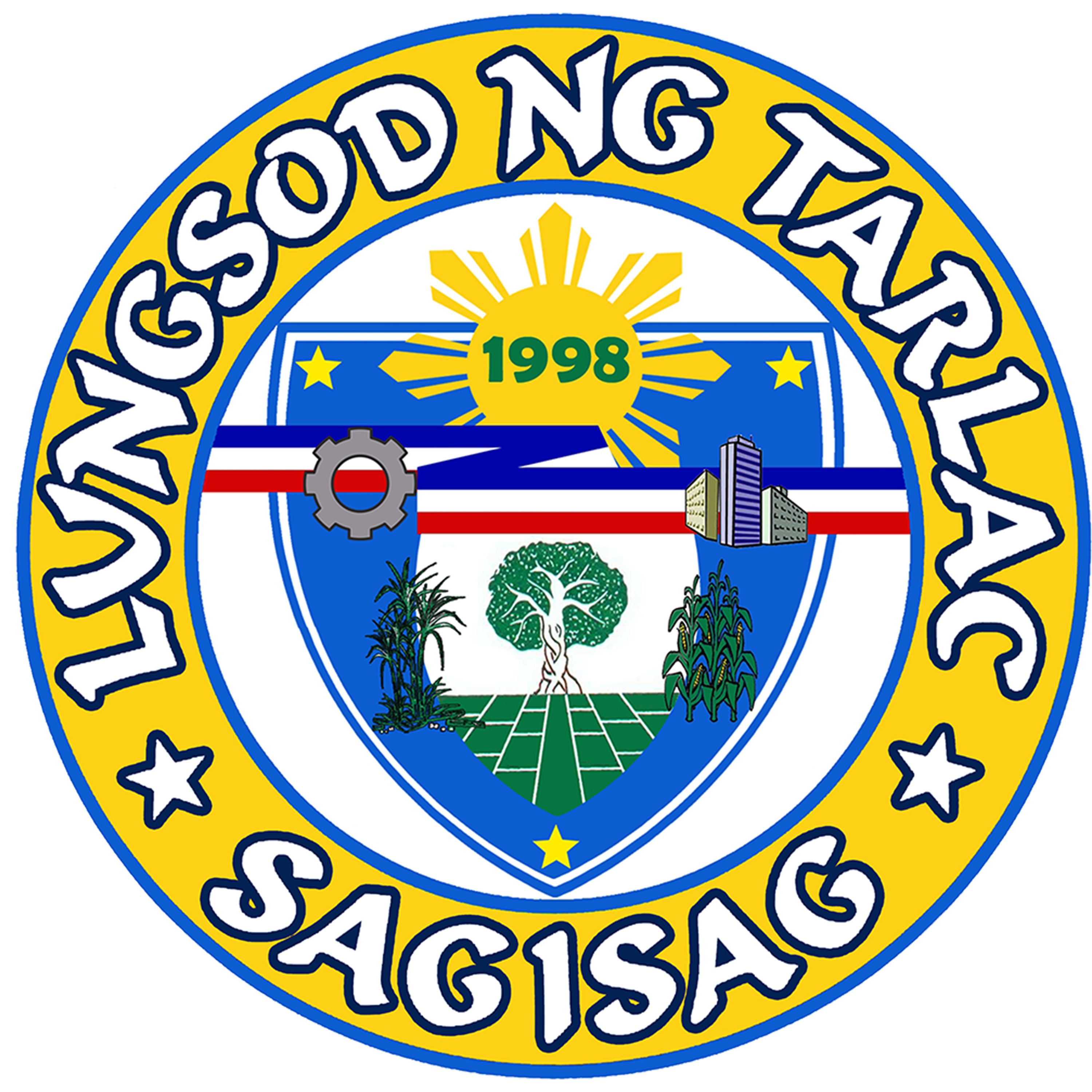
BARANGAY SAN SEBASTIAN HISTORY
Barangay San Sebastian is one of the barangay of the South District Division of Barangays in Tarlac City. Barangay San Rafael bound it on the South, Barangay Suizo on the Southeast, Barangay San Vicente and Barangay San Roque on the West and Barangay Binauganan on the North.
It is approximately 2.4 kilometers away from city proper. It has a total land area of 73.26 hectares corresponding to an industrialized area, commercial area and residential area.
It also devided into two Phases namely San Sebatian Phase 1 and San Sebastian Phase 2.
Barangay San Sebastian classified as Urbanl Barangay, it has a total population of four thousand two hundred thirty one (4, 231) as of 2020, and a household population of one thousand one hundred fifty four (1,154).
Barangay San Sebastian is more on commercial area. Different types of business firms situated here. Some of this is restaurants, gasoline stations, siesta travel breaks and so on. Other residents were professionals, laborers, employees, drivers, and so on.
San Sebastian before was a part of three barangays namely San Rafael, San Roque, and Binauganan. In early 1950s, it was establish a separate barangay of Tarlac City. Separation of this town filed thru resolution. According to the resolution, it has divided into two phases. Phase 1, named New Tarlac City and Phase 2 was San Sebastian Village. Mostly pioneers of this place were professionals and businessman. San Sebastian named coined after their patron Saint Sebastian.
Among the pioneer families of their town, they are David, Pascual, Perez, Cabrera, Macaraeg, Rodriguez, Samson, Cura, Pasion and Venturanza’s Family.
Eighty percent of the total populations are Pampango, and the rest are Tagalog, Bisaya, Pangasinense, and Ilocano.
Barangay San Sebastian celebrates their feast day every January 20 as a thanksgiving to their patron Saint Sebastian. Saint Sebastian was considered protector against the plague as having been killed by arrows and it was thought that plague spread abroad through the air.
